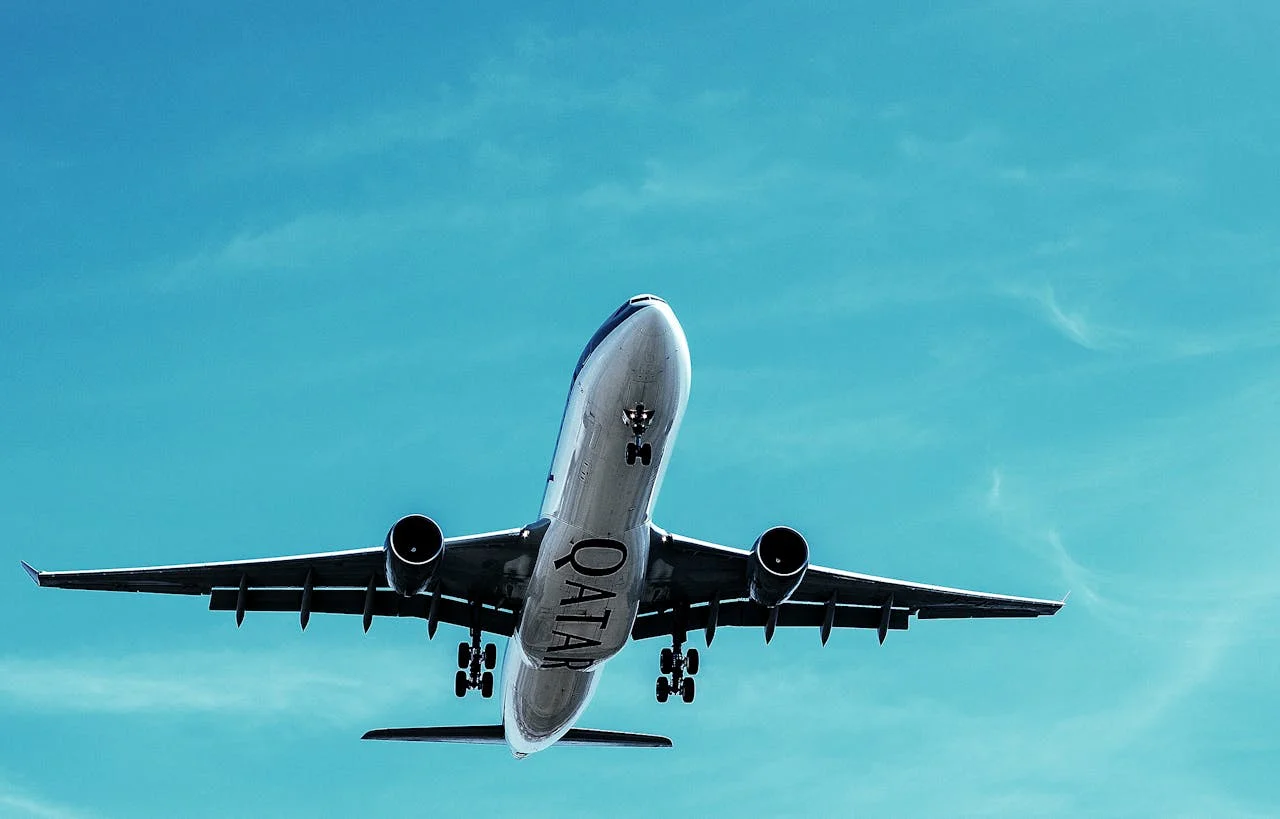
Cirium, the leading authority in aviation analytics, has released its annual Fleet Forecast, providing insights into the future of the global commercial passenger and freighter aircraft market. In its twelfth edition, the independent forecast indicates that 45,900 aircraft are expected to be delivered worldwide over the next 20 years, representing a total value of $3.3 trillion USD. This growth reflects airlines’ ongoing investment in modern and sustainable aircraft.
Despite facing supply chain challenges that are delaying aircraft deliveries, Cirium’s report projects a 5% decrease in deliveries from 2024 to 2027 compared to 2023, primarily due to component shortages.
As of the fourth quarter of 2024, the industry has seen a total of 26,100 aircraft in service, marking a 5% increase from January 2020, when the pandemic began. This growth has been largely driven by a 13% rise in single-aisle aircraft, while the number of twin-aisle aircraft is currently 3% lower than pre-pandemic levels. Regional jets remain down 8% compared to pre-pandemic figures, and turboprops have experienced the largest decline, at 13%.
Looking ahead to the next two decades, Cirium’s Fleet Forecast indicates that of the 45,900 new aircraft expected to be delivered between 2024 and 2043, around 98% will be passenger planes, with capacity (available seat kilometers, ASKs) projected to grow at a rate of 4.4% per year. Additionally, approximately 3,500 freighters are anticipated to be delivered, with the cargo fleet expected to expand at a rate of 2.6% annually. Notably, 70% of these freighters will be the result of passenger-to-freighter (P2F) conversions rather than new aircraft deliveries, as airlines capitalize on the current surge in demand.
Airbus and Boeing are forecasted to maintain their positions as the largest commercial aircraft manufacturers, collectively delivering about 84% of new aircraft, a figure projected to increase to 90% by value by 2043. COMAC is expected to capture a 6% share of the market, while there remains approximately $180 billion in demand for other manufacturers, such as ATR and Embraer, alongside potential new programs in the coming years.
Asia is anticipated to lead the global aircraft market, accounting for 45% of deliveries over the next 20 years, with China alone contributing about 20%, nearly equaling North America’s total. Additionally, the report highlights the growth potential in India, where passenger aircraft numbers are predicted to rise from 720 at the end of 2023 to over 3,800 in the next two decades. This marks the first time India has been covered separately in the forecast.
Rob Morris, Head of Consultancy at Cirium Ascend Consultancy, commented: “As we enter a new growth cycle in the aviation industry, our Fleet Forecast highlights the persistent demand for new aircraft as airlines seek to renew and expand their fleets. However, ongoing supply chain and manufacturing challenges are likely to lead to delays for OEMs, resulting in uncertain delivery timelines for many airlines, a factor we’ve incorporated into our forecast.”
Morris further noted that with markets like India poised for significant expansion, the next 20 years will be increasingly competitive for manufacturers, as airlines continue to invest in their fleets. He also emphasized the sustainability challenges ahead, stating that fleet growth must be balanced with the efficiency of new aircraft to achieve reductions in unit emissions.
The report concludes that single-aisle aircraft are expected to dominate industry growth over the next 20 years, with a projected annual growth rate of 3.9%, outpacing the 3.3% growth expected for twin-aisles. In contrast, regional aircraft are anticipated to grow at a more modest rate of 0.8% per year.

